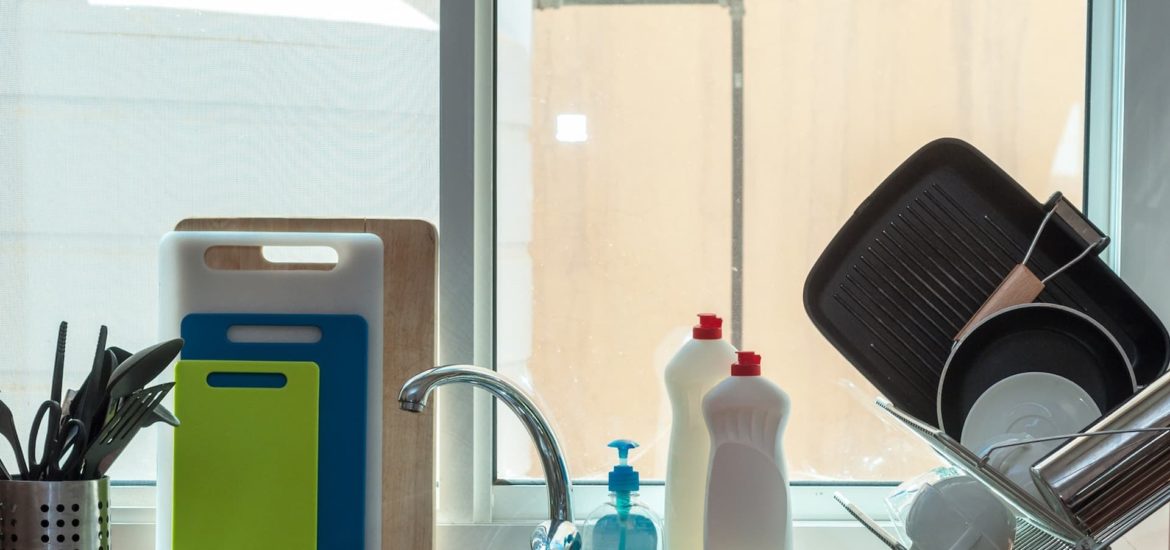Legionella is a type of bacteria that can cause a severe respiratory illness known as Legionnaires disease. This disease can be fatal in some cases, and it’s especially dangerous for people who are already vulnerable, such as those with weakened immune systems or underlying medical conditions.
To protect your community from the risk of Legionella, it’s important to take proactive measures to prevent its spread. In this comprehensive guide, we’ll explore some of the key steps you can take to keep your community safe from Legionella.
Understand The Sources Of Legionella
Legionella can grow in various environments, but it’s most commonly found in water systems, including hot tubs, cooling towers, and large plumbing systems. The bacteria thrive in warm water, so it’s essential to pay particular attention to systems that use warm water or maintain a temperature between 20 and 50 degrees Celsius.
Conduct Regular Risk Assessments
To protect your community from this bacteria, it’s essential to conduct regular Legionella Risk Assessment of your water systems. These assessments should identify potential sources of Legionella and evaluate the risk of Legionella growth and spread. Depending on your community’s circumstances, you may need to conduct these assessments on a monthly or quarterly basis.
Develop A Water Management Plan
Once you’ve conducted a Legionella Risk Assessment, you should develop a water management plan to address any identified risks. This plan should outline the steps you’ll take to prevent Legionella growth and spread, including measures such as flushing the system, cleaning and disinfecting equipment, and maintaining appropriate water temperatures.
Train Staff And Community Members
It’s essential to train staff and community members on Legionella prevention measures and the signs and symptoms of Legionnaires’ disease. This education can include information on hand hygiene, proper use of personal protective equipment, and recognising potential sources of Legionella.
Monitor Water Quality
Monitoring water quality is essential to detect potential Legionella growth and spread. You should monitor the water temperature and pH levels, as well as test for Legionella bacteria. If Legionella is detected, it’s important to take immediate action to disinfect the water system and address any underlying issues.
Implement Appropriate Control Measures
To prevent Legionella growth and spread, it’s important to implement appropriate control measures, such as disinfecting the water system, maintaining appropriate water temperatures, and cleaning and disinfecting equipment. Depending on the severity of the risk, you may need to shut down the system temporarily to address any underlying issues.
Communicate With Community Members
Effective communication with community members is essential to ensure that everyone understands the risks of Legionella and the steps being taken to prevent its spread. You should provide regular updates on Legionella prevention measures and any changes to water management plans.
In conclusion, protecting your community against Legionella requires a comprehensive approach that includes regular risk assessments, the development of water management plans, staff and community education, water quality monitoring, appropriate control measures, and effective communication. By taking these steps, you can help keep your community safe from Legionella and prevent the spread of Legionnaires’ disease.
